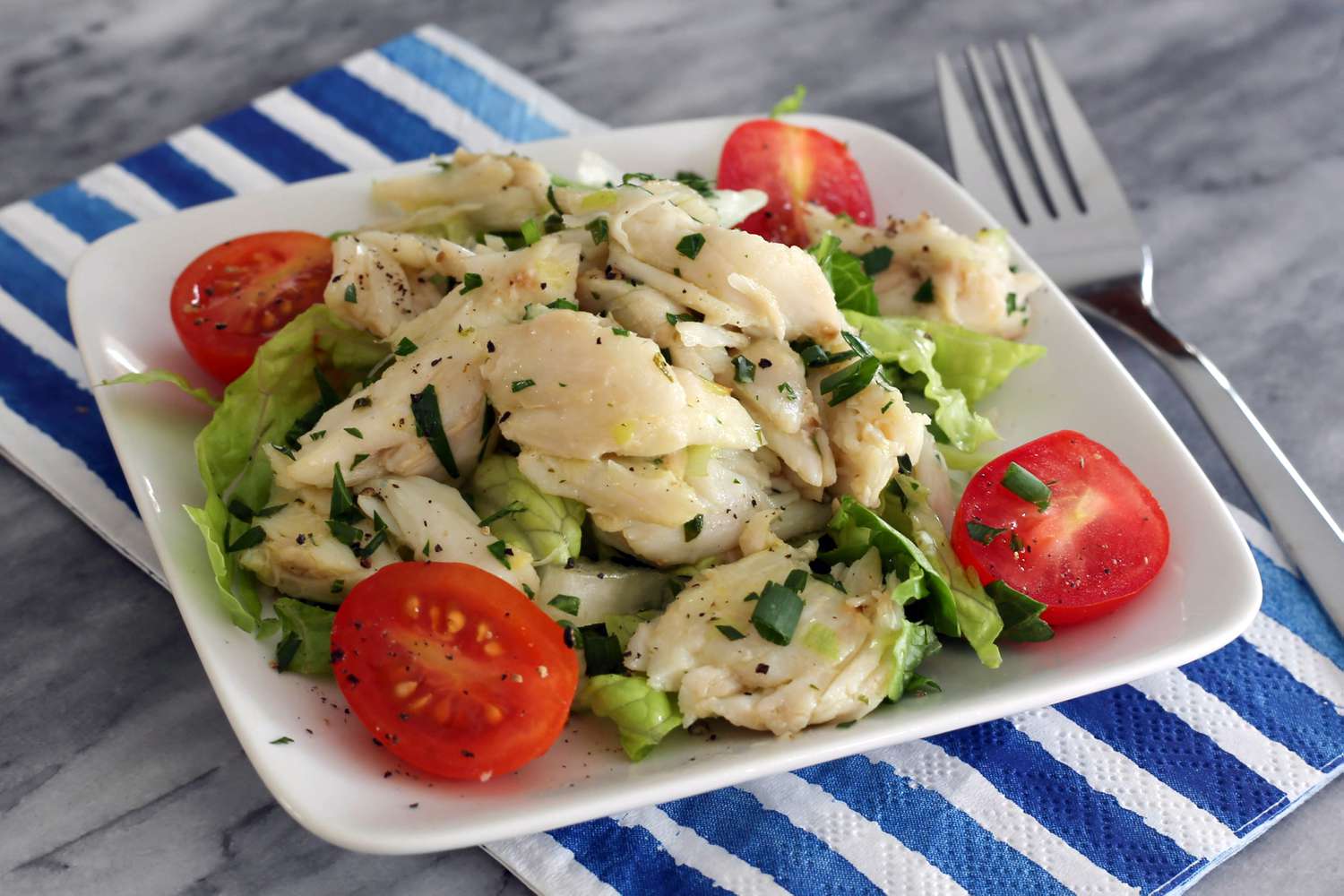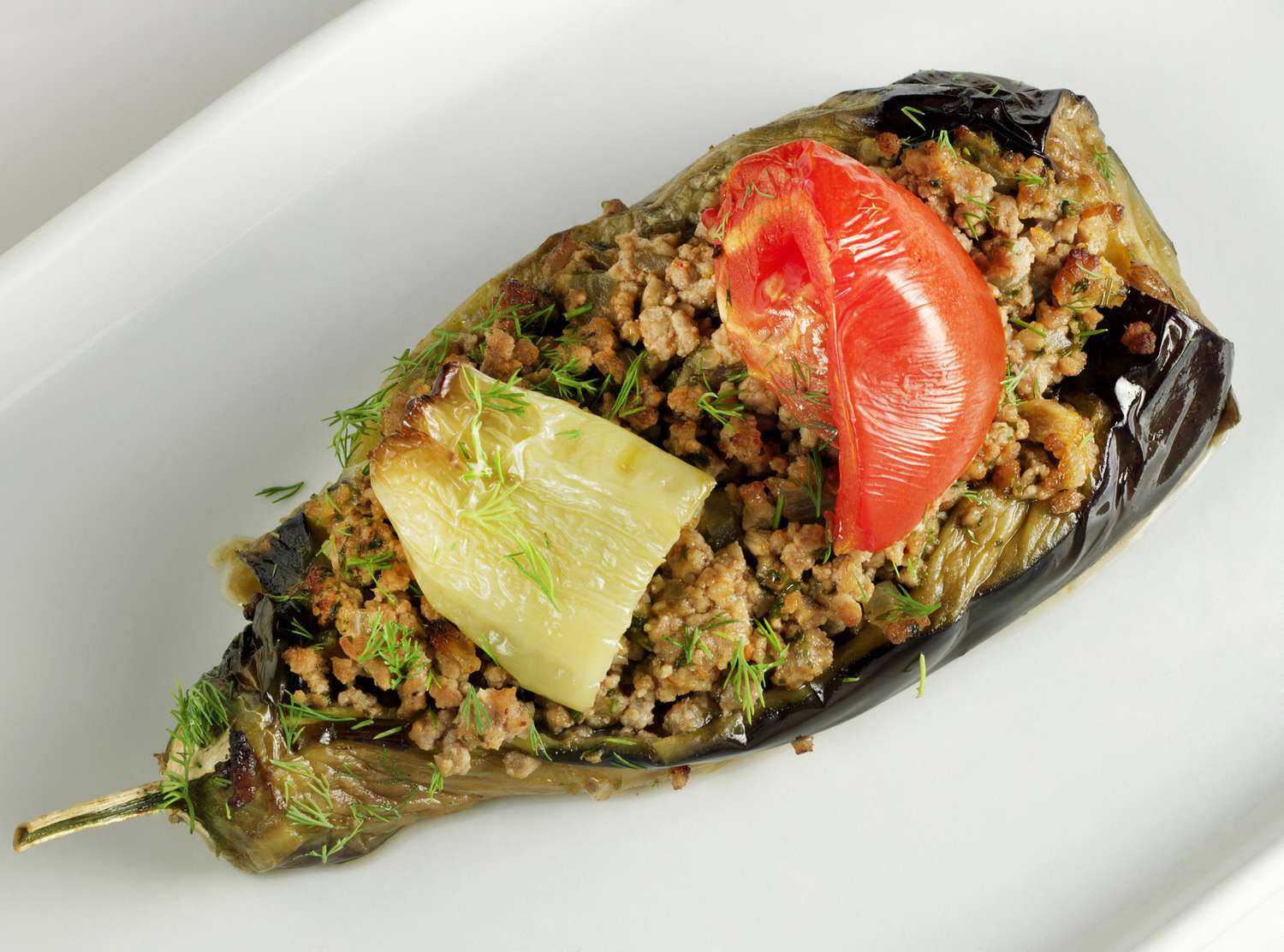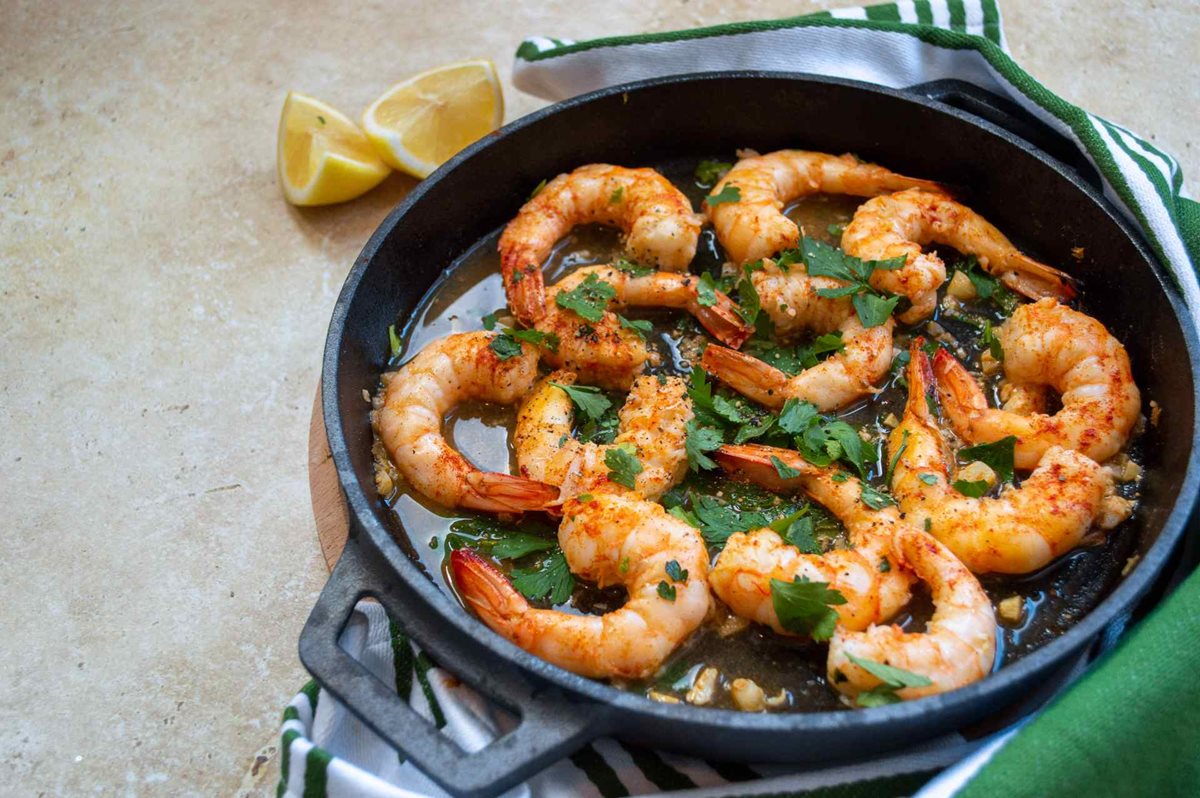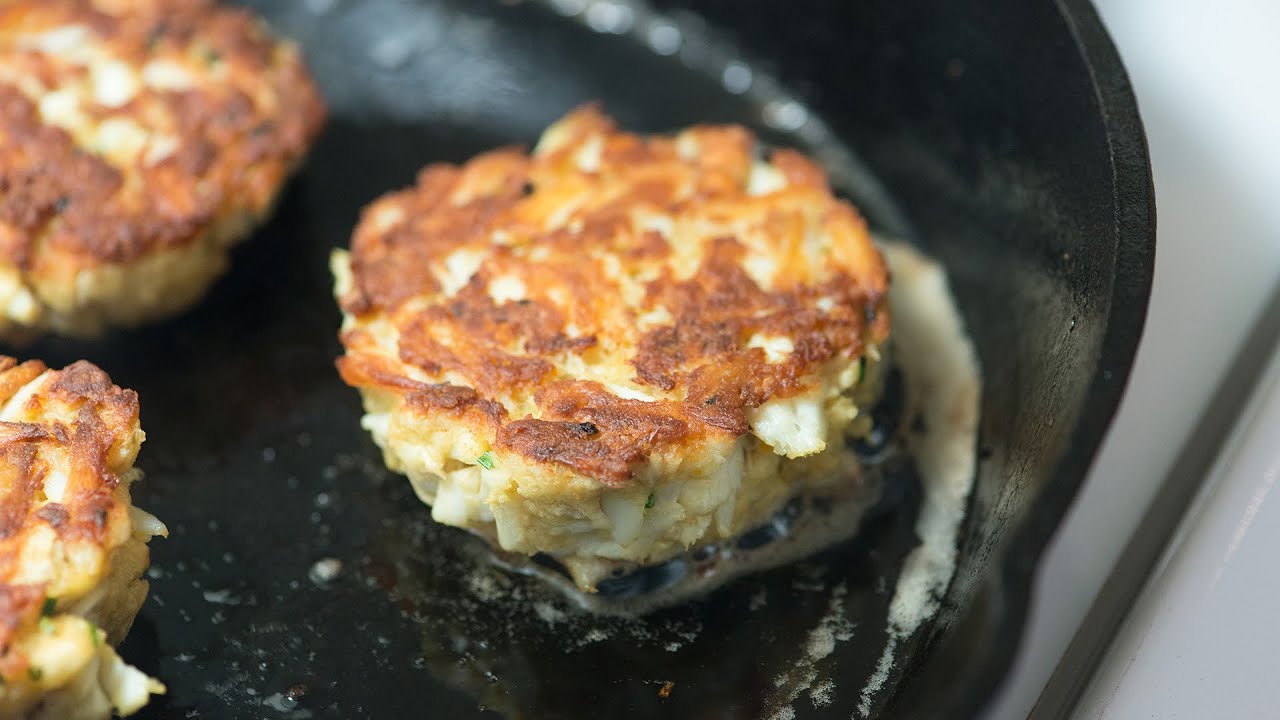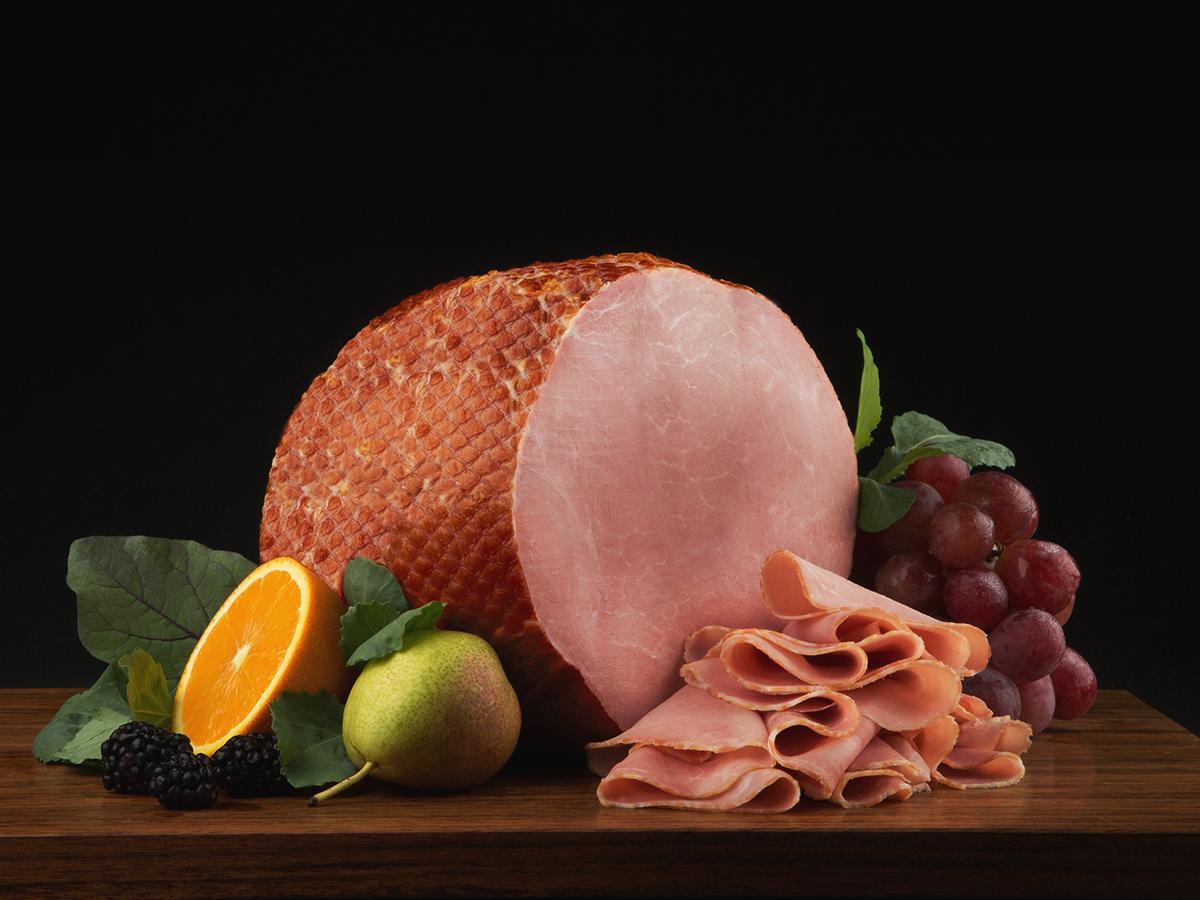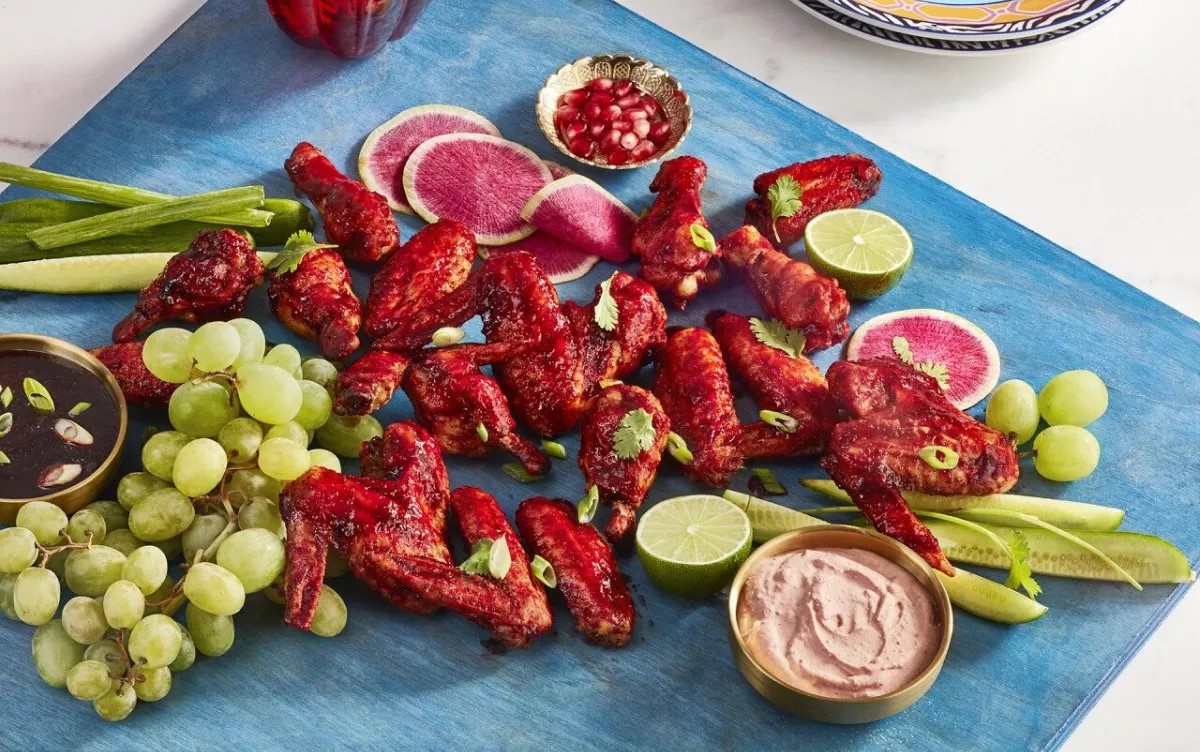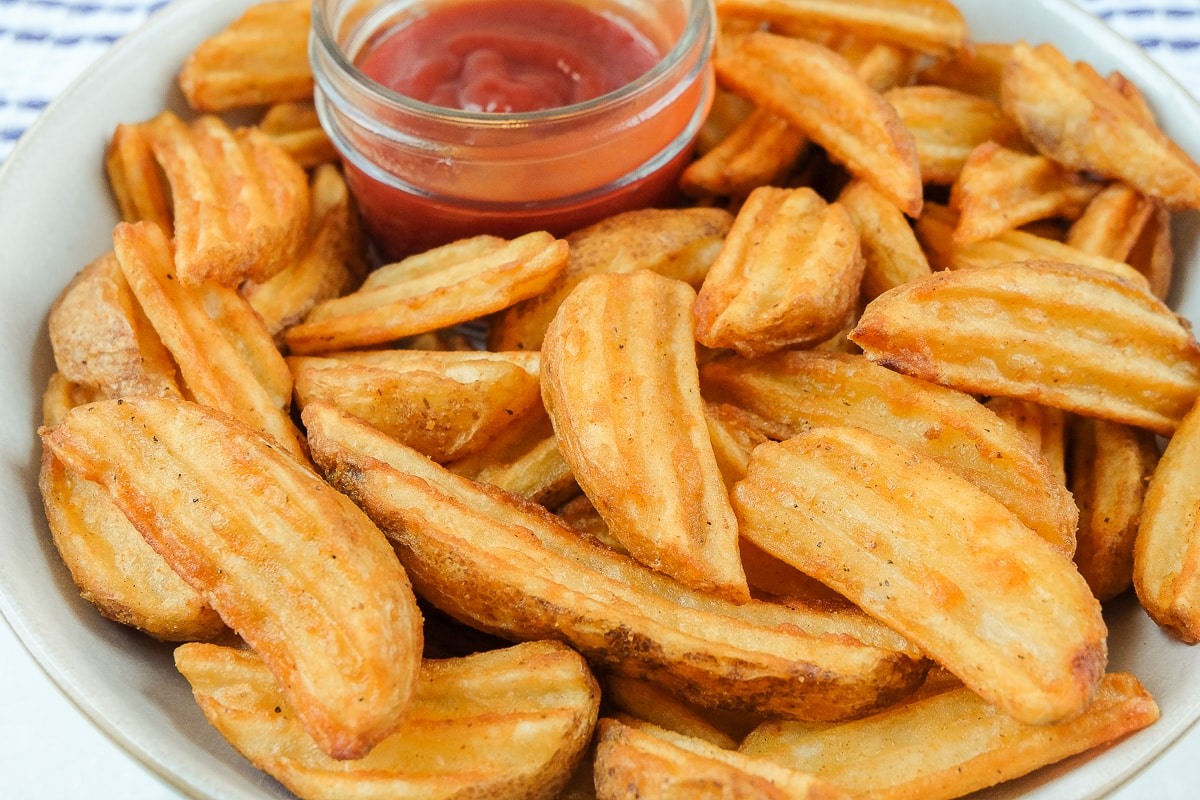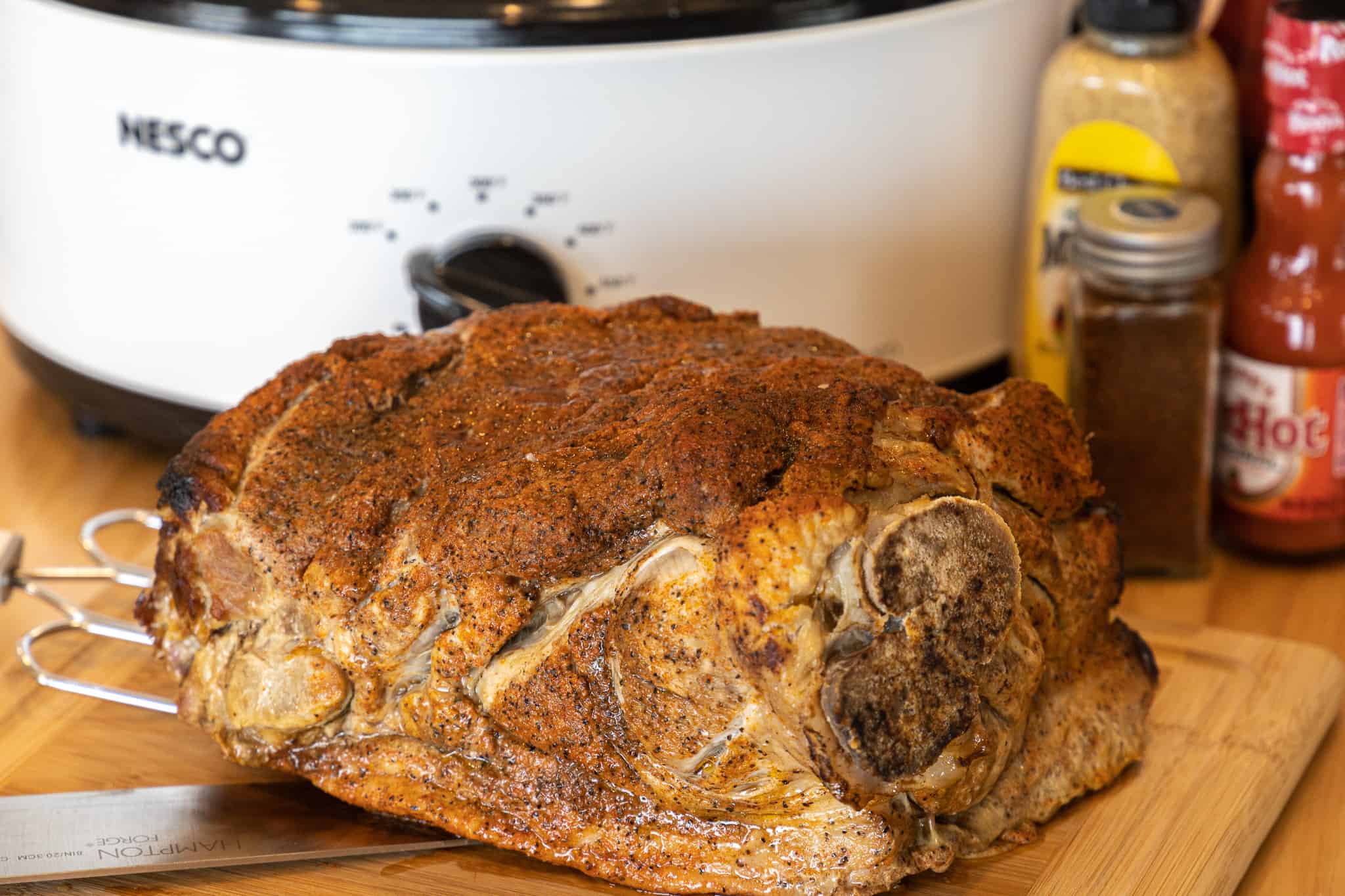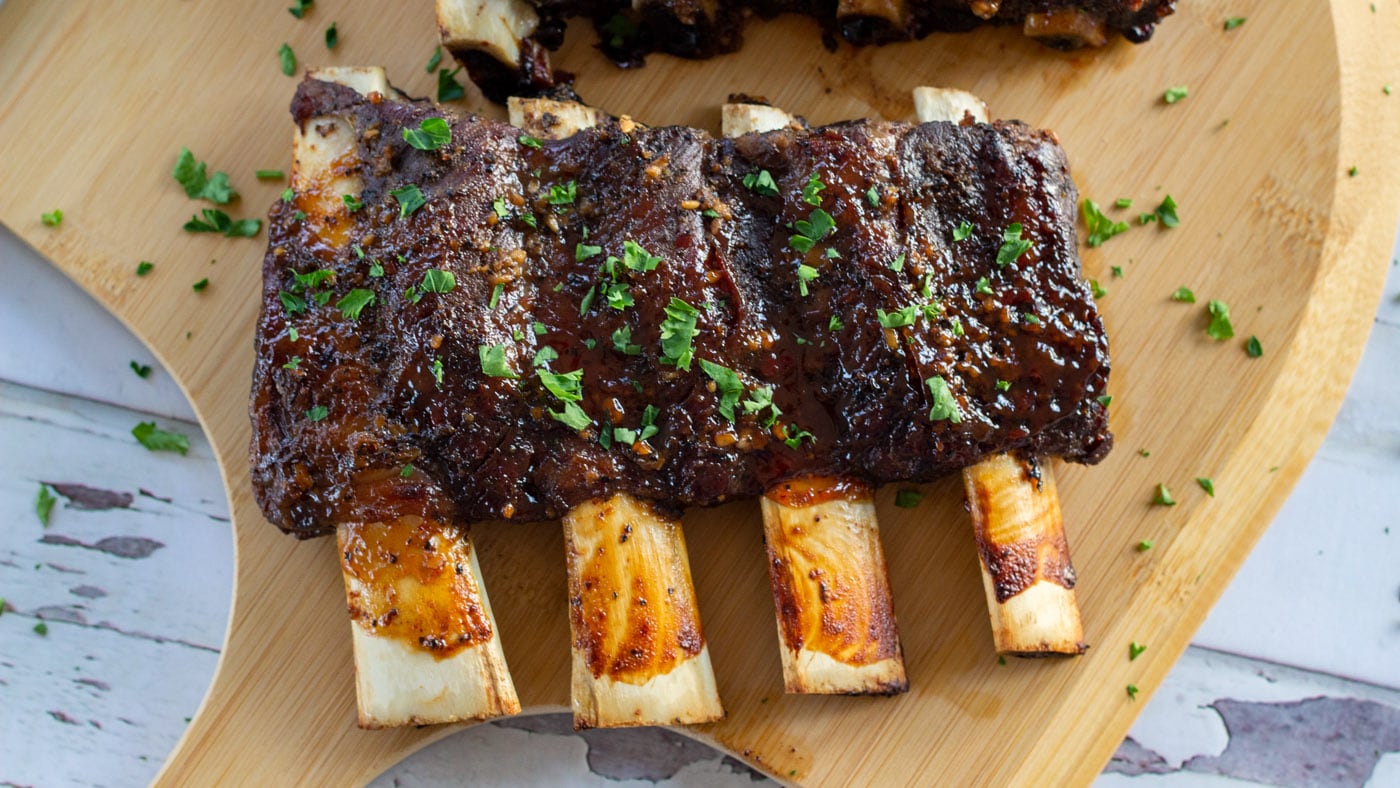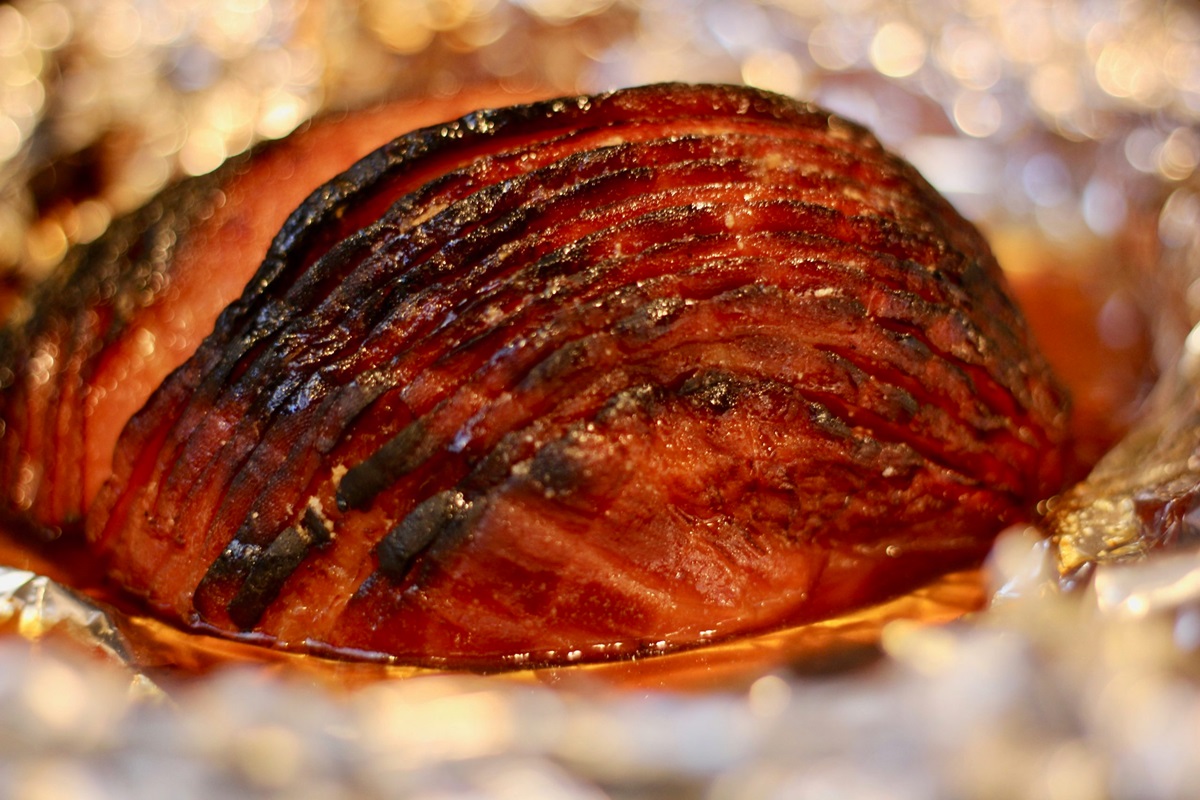Delicious and Flavorful: Cooking Shrimp with the Head On
Shrimp is a versatile and mouthwatering seafood that can be enjoyed in various ways. While many people are used to cooking shrimp without the head on, it’s time to explore a new level of flavor and presentation by cooking shrimp with the head intact. Cooking shrimp with the head on not only adds a touch of elegance to your dish but also enhances its taste and texture. In this blog post, we will guide you through the steps of cooking shrimp with the head on, allowing you to create a delicious and visually appealing meal.
Why Cook Shrimp with the Head On?
Before we dive into the cooking process, let’s take a moment to understand why cooking shrimp with the head on is worth considering. Here are a few reasons:
- Enhanced Flavor: The head of the shrimp contains flavorful juices that infuse the meat as it cooks, resulting in a rich and delicious taste.
- Improved Texture: Shrimp cooked with the head on tends to have a firmer and more succulent texture, adding a delightful bite to each mouthful.
- Visual Appeal: Leaving the head intact creates an eye-catching presentation, elevating the dining experience and impressing your guests.
Step-by-Step Guide to Cooking Shrimp with the Head On
Now that you understand the advantages, let’s start cooking!
- Select Fresh Shrimp: Choose high-quality shrimp with the head on. Look for shrimp that have a bright, translucent appearance and a firm texture.
- Clean and Prepare: Gently rinse the shrimp under cold running water to remove any impurities. Leave the shells intact, as these will help to retain the flavor and moisture during cooking.
- Flavorful Seasoning: Prepare a marinade or seasoning of your choice. It could be a simple mixture of olive oil, garlic, lemon juice, salt, and pepper. Experiment with different herbs and spices to add your personal touch.
- Marinate: Place the shrimp in a bowl and coat them evenly with the marinade. Allow them to marinate for at least 15 minutes to absorb the flavors.
- Choose a Cooking Method: You can cook shrimp with the head on in various ways, such as grilling, sautéing, or baking. Choose the method that suits your preference and available equipment.
- Cooking Time: The cooking time will depend on the method you choose and the size of the shrimp. As a general guideline, shrimp typically cook quickly, usually within 2-4 minutes per side.
- Serve and Enjoy: Once the shrimp are cooked to perfection, transfer them to a serving plate. Don’t forget to garnish with some fresh herbs and a squeeze of lemon for an extra burst of flavor. Serve them hot and enjoy!
Now that you have mastered the art of cooking shrimp with the head on, it’s time to get creative in the kitchen. Whether it’s a special occasion or a regular weeknight dinner, this flavorful dish is sure to impress your taste buds and leave you craving more. Congratulations on embarking on this culinary adventure – happy cooking!
Explore More Recipes and Ways to Use This Guide
Once you've mastered cooking shrimp with their heads on, the culinary world opens up with a variety of delectable recipes you can try. From the robust flavors of Cajun Shrimp Gumbo to the refreshing zest of Shrimp Ceviche with Fresh Citrus Juices, there's a dish to suit every palate. For a classic dish, consider the Shrimp Scampi with Lemon and Parsley, which showcases the shrimp's natural flavors enhanced by simple, yet aromatic herbs. If you're in the mood for something more exotic, the Thai Shrimp Soup with Lemongrass offers a tantalizing taste with its rich and aromatic broth. These recipes not only provide a delightful eating experience but also allow you to practice and perfect the art of cooking shrimp in various culinary styles.
Was this page helpful?
Read Next: How To Cook Maggiano’s Take Home Lasagna

